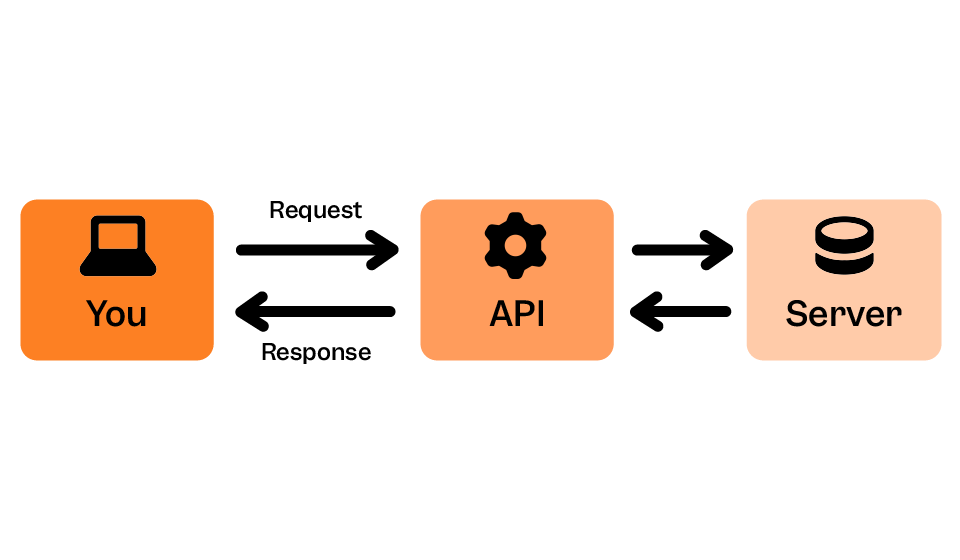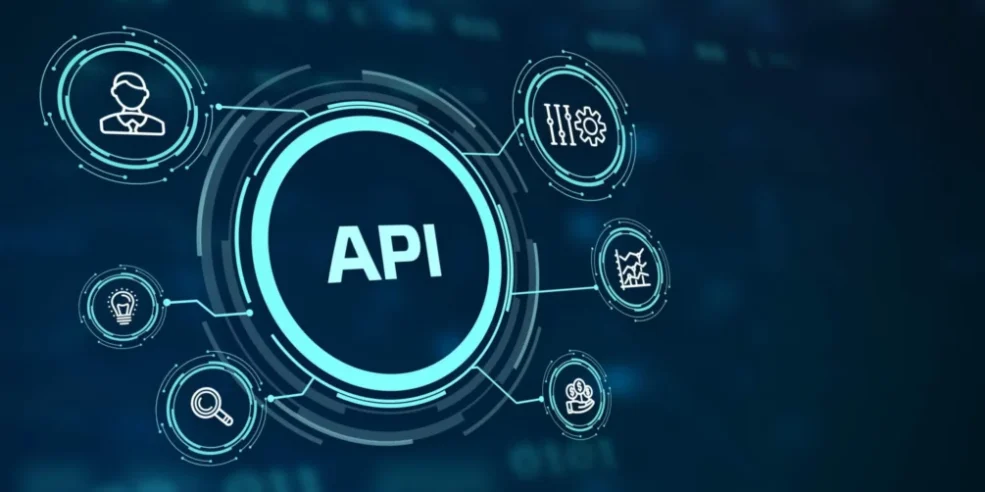In the world of restaurant tech, it’s easy for suppliers to focus too much on the ‘tech’ and not enough on the ‘restaurant’ part of the business. We’re all guilty of throwing around technical terms that are commonplace in the world of software developers, but not so much in kitchens. One such term is ‘API’.
If you subscribe to the best-of-breed approach to restaurant tech – i.e. choosing the best platform for each of your needs and expecting robust integrations between them – then you’ll run into the world of APIs at one point. Simply put, APIs allow different tech providers to integrate with one another. They allow us to pull data out of one system and into another.
The problem is that ‘API’ can sometimes be used as a catch-all term that implies everything in one system is available in another. Unfortunately, that’s not usually the case.
So, in this blog, we’ll try to explain what an API actually is and why restaurateurs should care about them at all.
What is an API?
API stands for ‘Application Programming Interface’. In the most basic terms, they enable two pieces of software to communicate with each other. In a broad context, it’s how your weather app accesses the weather report or your email app accesses all your emails.
If you use Tenzo, an API is used to fetch the data from our databases to display on your dashboards. This is what is referred to as an internal API, one that is used purely by Tenzo – no other business has access to it.
Then we have public APIs, sometimes called open APIs. These are available to be used by external developers, however, there may be a fee and authorisation needed to use it. Tenzo uses public APIs to connect to your systems and provide our API to other platforms to pull data from.
Why should you care about APIs?
Why do restaurateurs need to know about APIs? In an ideal world, you wouldn’t need to because every platform would be perfectly integrated, but unfortunately, this isn’t the case.
Is there an API?
The first thing you need to ascertain if you want your various systems to connect is whether the platforms you’ve chosen have an API to begin with. There are other ways to integrate (SFTP or agents for example), but APIs allow for the most control because the client (the integrator) can request data from the server (the source) whenever they decide to (within reason – most businesses limit how often you can call an API), rather than waiting for the server to serve up the data.

What’s available on the API?
The next thing you should understand is what is available on the API. When we speak to operators, most assume that anything that’s available on their platform’s front end is available on the API. Unfortunately, that’s rarely the case. As software developers, we build API endpoints that allow other developers to request specific information. But, what is available on the endpoints might not match what you see in your front end.
An example of this could be labour cost. A labour platform might surface the raw labour hours on their API, but when showing it on their platform they perform a calculation on their end that takes salary information, overtime rates, etc into account when showing labour costs. It then falls on the other platform trying to integrate to figure out what those calculations are and reverse engineer it. This means that the numbers may not always match. It’s not because the integration is broken, there are just multiple ways of displaying the data.
An important thing to remember is that there is no set standard for what is available on an API. Some will have extremely granular data, others will just supply topline information. If the granularity of data in other platforms is important to you, then take some time to review what your chosen supplier’s API contains. Here is our Help Centre with all our integration guides that shows what data we get from third parties.
API Fees
Some platforms charge fees to use their APIs. This can either be a set fee per month to use their API with any number of integrations or this can be on an integration-by-integration basis. Maintaining an API is a cost that software companies have to take into account. Some absorb this into their overall costs, others charge the customer and others charge the integrating partner. If you’re planning to connect to multiple systems, understanding how that might affect the price of your software is key.
What to consider when building or extending your tech stack?
As above, think about the cost of the API as well as what’s available on it. If you’re considering a platform that doesn’t have an existing integration with the other tools in your tech stack, find out how open to partnerships they are and whether they’re willing to build one for you.
Documentation
A good way to understand how open a platform is to integrating is whether they have good API documentation. There is an initiative called OpenAPI that gives a standard for how APIs should be built so that other developers understand how to use it. This standard includes clear and easily accessible documentation. You can see ours at developers.gotenzo.com as an example.
Flexibility
Find out if there is flexibility to what’s available on the API. Is your provider happy to add things or is there a revenue requirement before they approach it? At Tenzo we’re happy to surface more information or pull more data from an API as long as it fits our schema.
Ingestion
How often are they willing to let you pull data from the API. If you want real-time capabilities then it will need to be at least every 20 minutes and have the infrastructure to try again if it fails. If you only want to see yesterday’s data, then every 12 hours is enough.
What does Tenzo look for in a partner’s API?
We have built over 80 integrations at Tenzo, so we’ve seen a lot of APIs. On the whole, we’ll try to build any integration that fits our schema (POS, labour, inventory, social, and reservations) and hits a certain guaranteed revenue quota. That said, we do have minimum requirements for the availability of data in the API.
For example, for us to build a labour management integration, we need to have access to actual hours, actual cost, scheduled hours, scheduled cost and employee data. To build the best possible labour integration, we also like to have access to overheads including holiday, overtime, NI/pension and penalty costs. We also look for role, house part, breaks and borrowed/transferred employees.
Before we promise any integration we make sure they hit our required minimums and ideally have the optional information as well. If you’re interested in seeing what our requirements are for each type of integration – you can find our feasibility assessment template here.
Transparency
We try to make it as clear as possible to our customers what our integrations support as this changes from system to system. If you head to our help centre, you’ll find all of our integration guides which show what data we can extract.
For example, below you can see what’s available from Lightspeed K series in Tenzo.
One important thing to note is that Lightspeed likely has more available on their API, but those data points don’t fit into our schema. However, we do review what we can include on a regular basis so it’s always worth speaking to us if you’re looking for something else.
What does the future look like?
As integrations become more and more important in the hospitality industry, we are pushing for a standard to be set for what’s available on APIs and that public APIs become widespread. Five years ago, not many businesses were prioritising integration, but that has completely changed today. We all know that integrations are key and so need to work toward industry consensus.
We know how much our customers rely on the integrity of their data to make decisions. Our goal is to have the best possible connections to other systems so you never have to worry about an API’s robustness.
If you’d like to learn more about Tenzo’s integrations, you can find them on our integrations page. If you would like to speak about your systems and how they can better connect to each other, please feel free to get in touch.




